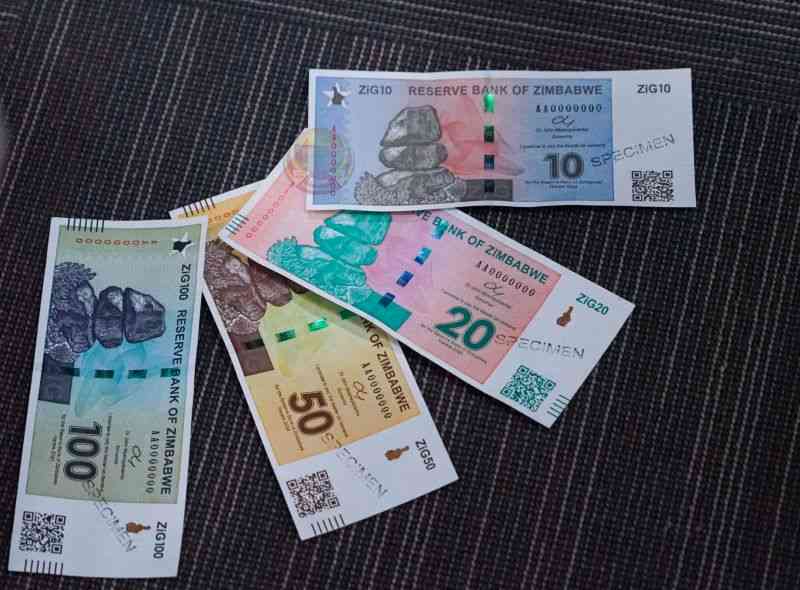
ZIMBABWE’S export proceeds fell by 16,90% to US$6,04 billion in 2023 compared to the previous year, largely weighed down by subdued mineral exports, latest data from the central bank show.
Information gathered from the Reserve Bank of Zimbabwe (RBZ) showed that the contribution of export proceeds to the country’s foreign currency receipts in the period under review remained high at 55%, although it was down from 64% in 2022.
In total, foreign currency receipts amounted to US$10,9 billion, down 3,70% compared to 2022.
International remittances stood at US$3 billion, with diaspora remittances contributing 17% of the total amount, while non-governmental organisations accounted for 10%. Loan proceeds stood at US$1,14 billion, up 13%. Foreign investment contributed US$375,6 million.
“Foreign currency inflows have shown signs of strong recovery during the first two months of 2024. The foreign currency receipts for January and February 2024 amounted to US$2,2 billion compared to US$1,8 billion received during the same period in 2023, representing a 23% increase, driven by strong exports and remittances,” the 2024 Monetary Policy Statement read in part.
The report noted that the increase in secondary income inflows was due to higher inward remittances from the diaspora.
In the period under review, merchandise exports were estimated to have decreased by 0,8% to US$6,9 million in 2023, largely weighed down by subdued mineral exports. The decline in mineral exports was, however, partially offset by increases in agricultural and manufactured exports.
Mineral exports, which constitute about 80% of the country’s merchandise exports, declined by 7% to US$5,2 billion.
- Rampaging inflation hits Old Mutual . . . giant slips to $9 billion loss after tax
- Monetary measures spur exchange rate stability: RBZ
- Zim deploys IMF windfall to horticulture
- Banker demands $21m from land developer
Keep Reading
“The decrease in mineral exports was predominantly caused by the continuous decline of key commodity prices, primarily influenced by the diminished global growth prospects,” the policy document read.
“Notably, palladium and rhodium prices experienced sharp contractions during the period despite the stability of platinum prices, leading to a decreased export value for the platinum group of metals (PGMs).”
The price decline for PGMs was mainly attributable to abundant supplies in the face of deteriorating global macro-economic conditions which generated subdued demand.
The decline in demand also emanated from increased substitution in the automotive and glass industries, favouring alternative metals over palladium and rhodium. As a result, exports of PGMs witnessed a substantial decline of 36,9%, in value terms to US$1,4 billion in 2023.
While gold exports benefited from higher global prices amid safe-haven demand, they were weighed down by the more significant volume decline caused by lower production during 2023, RBZ said.
Gold deliveries to Fidelity Gold Refinery (FGR) were 30,16 tonnes during the year under review, 14,7% lower than the previous year.
The decline in deliveries was due to reduced output occasioned by power outages and attendant disruptions from heavy rains, which negatively impacted on mining operations during the early months of the year, the central bank said.
In addition, the domestic gold pricing framework, affected by exchange rate misalignments also contributed to the decline in deliveries to FGR from small-scale miners, it said.
Gold exports were estimated to have declined by about 11% to US$1,8 billion, while lithium exports surged by 854,7% to sit at US$674 million.
Agriculture exports grew by 24,9% to US$1,3 billion in 2023, propelled by the exceptional performance of tobacco, sugar, and crocodile hides.
The year 2023 witnessed a notable increase of 19,1% in manufactured exports to US$430,7 million.
This was primarily driven by a jump in tobacco cigarette exports, which surged 64,1% to US$105,9 million.
Additionally, the export of refined sugar posted a substantial growth of 46,2% to US$28,3 million in 2023.










